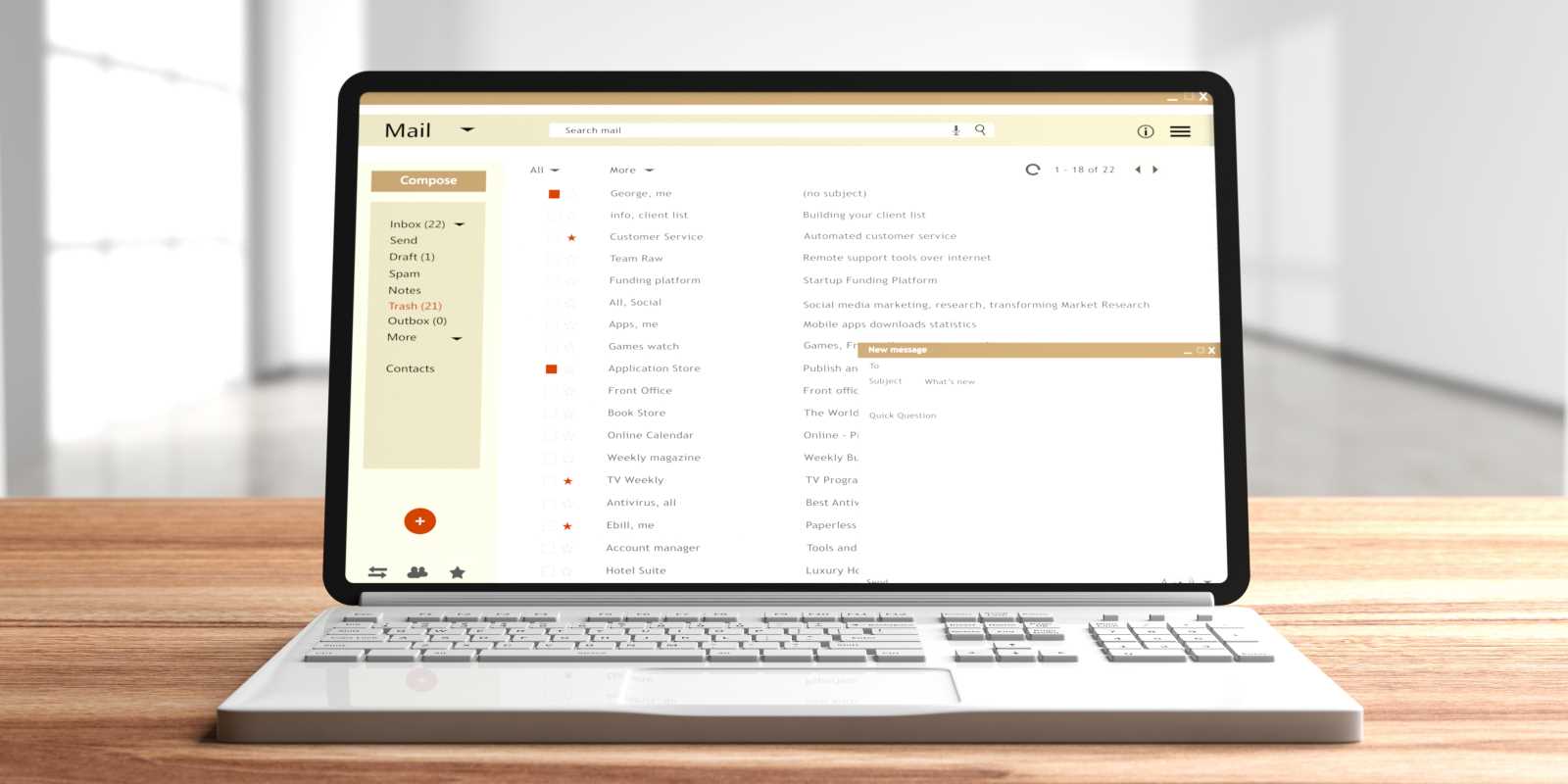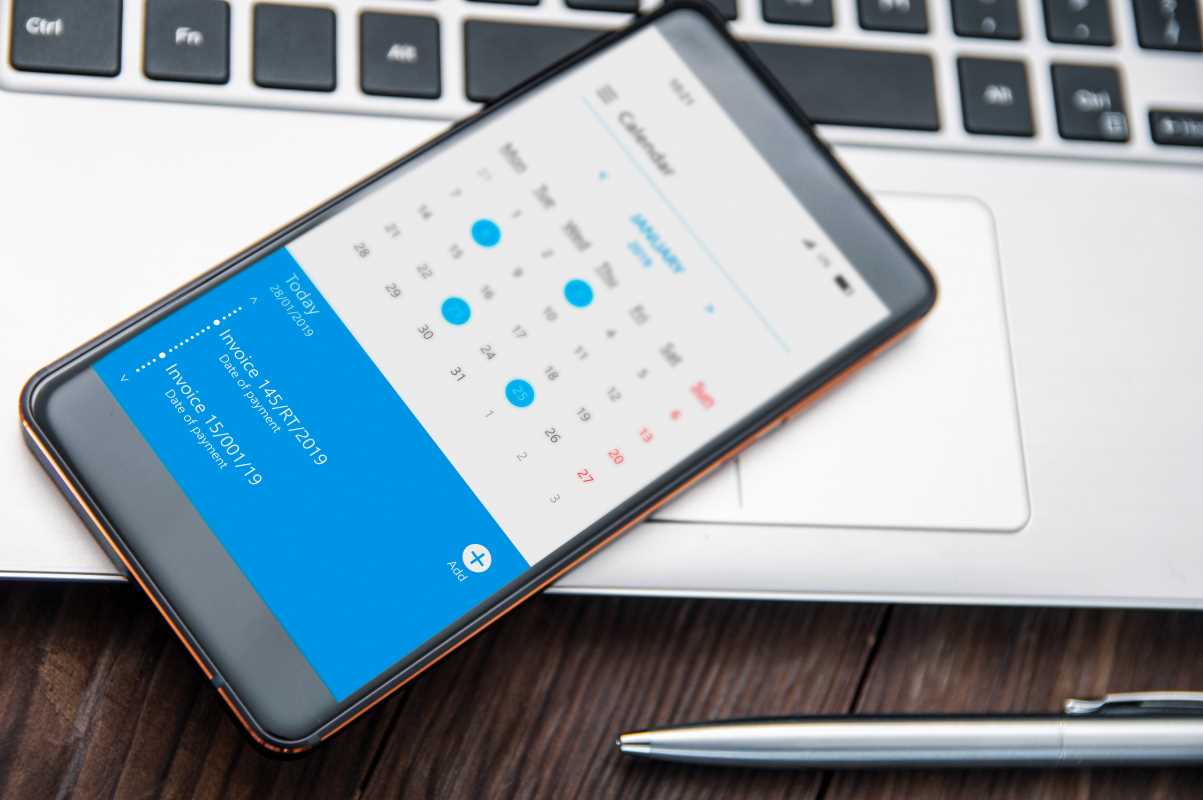Most people fill their calendars with meetings, deadlines, and project tasks first. Breaks become an afterthought, squeezed into leftover moments or skipped entirely. This approach seems logical for maximizing productivity, but it often leads to burnout and diminished focus. A counterintuitive strategy offers a more sustainable path to high performance: scheduling your breaks first. This method treats rest not as a reward for hard work but as a crucial part of the work process itself. By prioritizing downtime, you build a structure for your day that protects your energy, enhances your cognitive function, and ultimately allows you to accomplish more. Let's explore the powerful reasons to make breaks a non-negotiable part of your schedule.
The Science Behind Rest and Productivity
Your brain, like any muscle, experiences fatigue after sustained effort. Scheduling breaks first is a proactive strategy to manage this cognitive fatigue. It ensures you have dedicated recovery periods, which are essential for maintaining high levels of focus and creativity throughout the day.
Combating Decision Fatigue
Every choice you make, big or small, depletes your mental energy. This phenomenon is known as decision fatigue. It explains why you might make impulsive choices at the end of a long day or struggle to focus on complex problems. A day packed with back-to-back tasks drains your decision-making reserves quickly.
Scheduling breaks interrupts this cycle. These planned pauses give your brain time to recharge, replenishing your capacity for thoughtful and strategic thinking. You return to your work with a clearer mind, better equipped to tackle important decisions. Treating breaks as a priority ensures you have the mental stamina to perform your best when it matters most.
Protecting Your Focus
The human brain is not designed for prolonged, uninterrupted focus. Research shows that our attention naturally ebbs and flows in cycles. After about 90 minutes of concentrated effort, our ability to stay on task begins to decline significantly. Pushing past this point often leads to distraction, errors, and mental exhaustion.
By planning breaks into your schedule, you work with your brain's natural rhythm instead of against it. A short, 15-20 minute break after a 90-minute work session is enough to reset your focus. This method, often called the Ultradian Rhythm technique, helps you maintain a consistent level of high-quality attention all day long.
Benefits of Prioritizing Your Breaks
Making breaks a fixed part of your schedule does more than just prevent burnout. It creates a positive ripple effect that boosts your overall effectiveness, creativity, and well-being.
Enhanced Creativity and Problem-Solving
Some of the best ideas arrive when you are not actively thinking about a problem. Taking a break allows your mind to enter a state of diffuse thinking. During this time, your brain can make new connections and see challenges from different perspectives.
Scheduling breaks gives you designated time to step away and let your subconscious mind work. A walk, a few minutes of doodling, or simply gazing out a window can be enough to trigger a breakthrough. By building these moments into your day, you create more opportunities for innovative thinking and creative problem-solving. You give your brain the space it needs to find elegant solutions that focused effort alone might miss.
Improved Physical and Mental Health
Sitting for long periods and staring at a screen takes a toll on your body and mind. It can lead to physical discomfort, eye strain, and increased stress levels. Ignoring the need for rest can contribute to chronic stress and burnout, which have serious long-term health consequences.
Prioritizing breaks encourages you to move, stretch, and rest your eyes. Even short moments away from your desk can reduce physical strain and lower cortisol, the body's primary stress hormone. These pauses are not just about productivity; they are an essential practice for maintaining your long-term health and well-being. You protect yourself from the negative effects of a sedentary and high-pressure work style.
Greater Control Over Your Schedule
An unscheduled day can feel chaotic, with tasks and interruptions dictating your workflow. You might find yourself reacting to endless demands rather than proactively managing your time. This lack of control is a significant source of stress for many people.
Scheduling your breaks first provides a solid structure for your day. These fixed appointments act as anchors, giving you a clear framework to plan your work around. You know exactly when you will be working and when you will be resting. This simple shift puts you back in control of your time, reducing feelings of being overwhelmed and increasing your sense of purpose.
How to Schedule Your Breaks First
Adopting this new habit is straightforward. It requires a mindset shift from viewing breaks as optional to seeing them as essential. Here are some practical steps to get you started.
- Plan Your Week in Advance: Before your week begins, open your calendar. The first things you should add are your breaks. Treat them like important meetings that cannot be moved. You might schedule a mid-morning walk, a full hour for lunch away from your desk, and a mid-afternoon stretch break.
- Use the Pomodoro Technique: This popular time management method involves working in focused 25-minute intervals, separated by short 5-minute breaks. After four intervals, you take a longer break of 15-30 minutes. The technique has built-in rest periods, making it easy to prioritize downtime.
- Define Your Break Activities: A break is more effective when you disconnect completely from your work. Decide in advance what you will do. Will you listen to a podcast, practice mindfulness, call a friend, or get some fresh air? Having a plan prevents you from scrolling through emails or social media, which may not be truly restful.
- Protect Your Break Time: Colleagues may try to schedule meetings over your planned breaks. Politely decline and offer alternative times. Protecting this time reinforces its importance to both you and others. You are setting a boundary that supports your focus and well-being.
We encourage you to try this method for one week. Put your breaks on your calendar before anything else and honor that commitment. You might be surprised by how much more focused, energized, and productive you feel. This simple shift can help you achieve your goals without sacrificing your well-being.
 (Image via
(Image via





